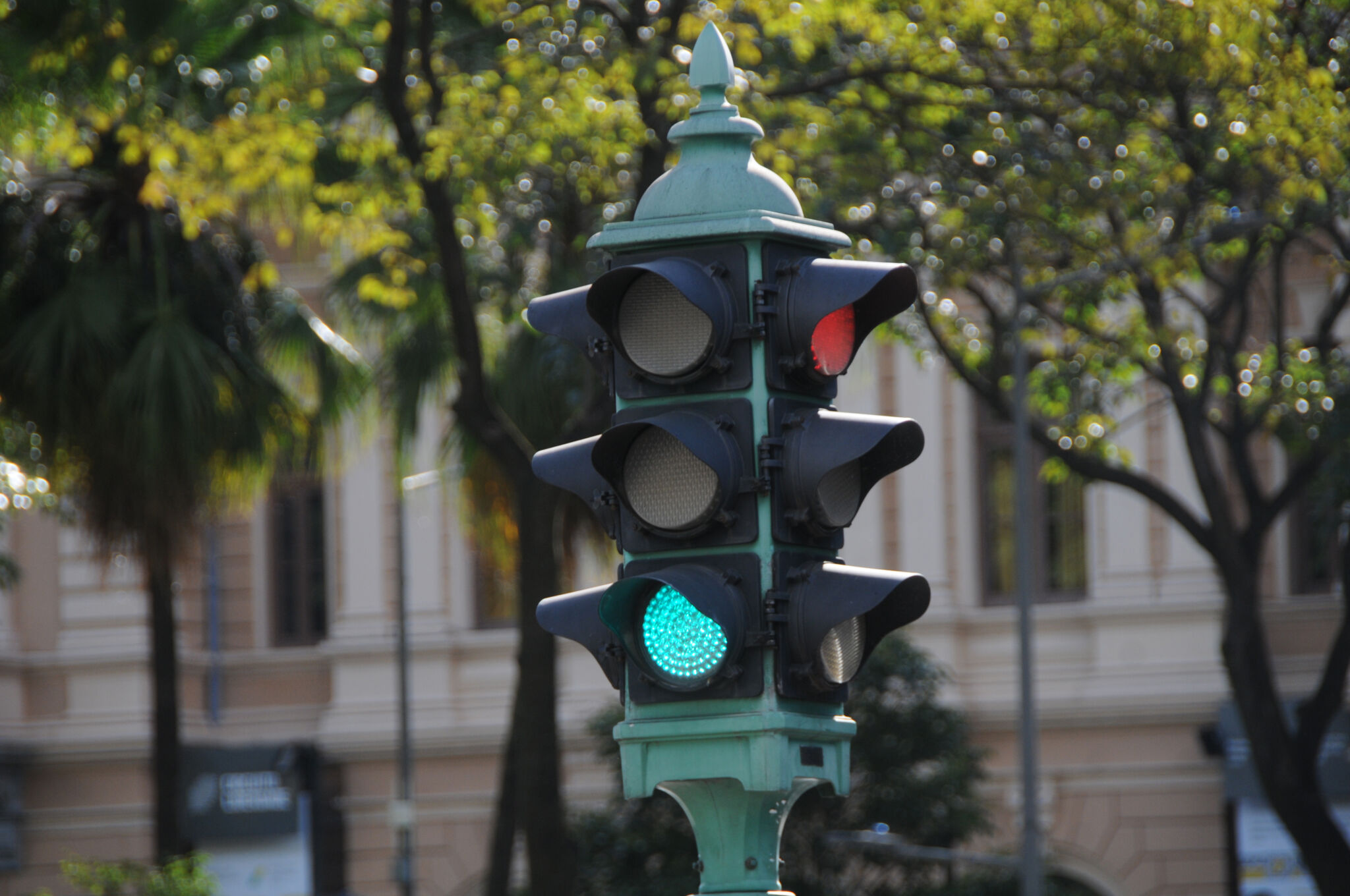If drivers on some occasions do not obey the prescribed speed limit, will they obey the red light? Well, we hope so – or rather, new traffic light technology, which only turns green for drivers within that limit, wait.
Yes, it is the unprecedented new system that is being tested in the Canadian city of Brossard, in the province of Quebec.
The traffic light, called educational slowdown light (pedagogical light) or FRED, works as follows: the red light is standard, but when a driver approaches while driving within the authorized speed range, it turns green, authorizing him to cross traffic.
What the technology does, then, is force speeding drivers to stop and reconsider how they travel on the road.
The traffic light was installed near a school zone in Brossard, more specifically on Stravinski Street, a two-lane street that crosses a suburban residential area. The area was constantly plagued by speeding, which endangered passers-by and students.
“Across Canada, near school zones, people are calling for concrete measures to control speed. This technology has not yet been accepted by the government and we will do it as a test.
Doreen Assaad, Mayor of Brossard.
According to the mayor, FRED signage will be tested for a 90-day trial period. Although the technology is new to Canada, Assaad said there are similar systems that are already in widespread use in Europe.
The traffic light only works in specific situations
If until now you thought that FRED was too utopian to work in practice, don’t worry! Of course, this won’t work in all situations. After all, a random traffic light in the middle of a chaotic and overly busy road is certainly not capable of educating driver by driver who is in a dangerous direction.
According to Mayor Assaad, the educational traffic light would only work in specific circumstances: on smaller streets, with one lane in each direction and, obviously, outside intersections. And it is precisely on these roads that drivers tend to be more likely to break traffic rules, because, because they are less busy, they do not always have inspection systems.
But if the driver is already reckless enough not to obey the speed limit, why would he obey the red light? This is a point that certainly makes sense. Therefore, the idea is that the FRED traffic light is designed to – in addition to turning green only when the subject accelerates cautiously – relay important information about traffic behavior.
For this, it would probably be equipped with cameras and/or sensors that would make it work like a radar, a monitoring device that is certainly not present in any traffic light, especially on less busy streets, as mentioned above. above.
Thus, if the driver is not afraid of disobeying traffic rules and endangering (even the life) of other people, he might think twice before doing so when he learns that he may be fined.
In the case of FRED, which is being tested in Canada, the idea seems to work. According to Assad, the street it was installed on had average vehicle speeds of 40 km/h, but in the test it dropped to 29 km/h.
Anyway, just thinking that the technology would give priority to the red light for dangerous drivers, the idea already seems somewhat interesting. After all, what a pleasure it would be to see these highway delinquents – who drive like there’s no tomorrow – spend more time staring bored at a red light…

“Pop culture fan. Coffee expert. Bacon nerd. Infuriatingly humble communicator. Friendly gamer.”







